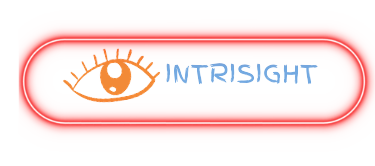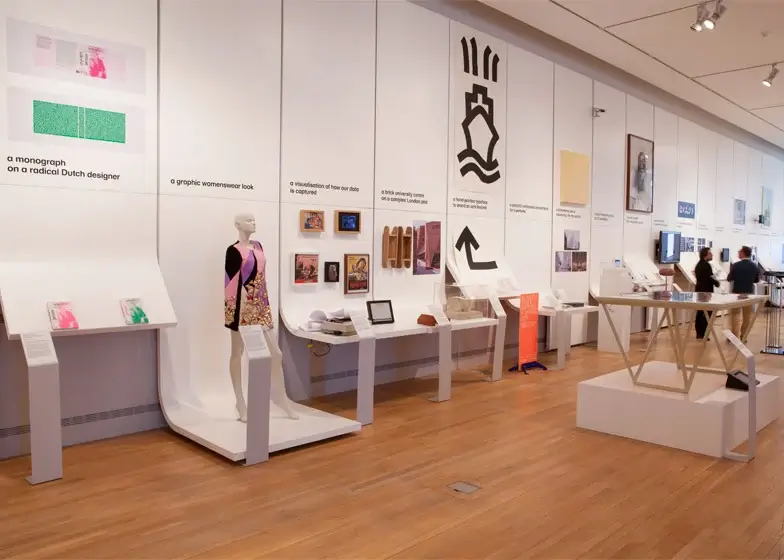Following the COVID-19 pandemic, virtual events have grown in popularity as a tool for businesses to communicate with their target audiences and display their products and services. While conventional exhibits are held in physical places, virtual events provide unique chances for connection and interaction in the digital world. In this post, we’ll look at several ideas for creating engaging virtual exhibitions that attract visitors and provide memorable experiences.
1. Understanding Virtual Exhibition Design
Virtual exhibition design entails building immersive online spaces that simulate the experience of attending a live event. Unlike traditional exhibits, which use physical booths and displays, virtual exhibitions use digital platforms to promote items, conduct talks, and allow networking possibilities. Effective virtual exhibition design necessitates careful consideration of user experience, interaction, and visual attractiveness.
2. Select the Right Platforms
The first step in creating a virtual exhibition is to choose the appropriate platform to hold your event. Other solutions are available, including specific virtual event platforms and video conferencing software with exhibition capabilities. Consider the platform’s capabilities, simplicity of use, and customisation possibilities to ensure it suits your unique requirements. A professional exhibition agency can assist you in selecting the platform that best meets your aims and objectives.
3. Create Engaging Booth Designs
Virtual booths, like physical booths at a traditional show, are important for catching people’s attention and communicating your business message. Create visually appealing virtual booths with interactive components and multimedia information to interest visitors and promote exploration. Include tools like product demos, movies, and live chat to give participants a dynamic and interactive experience.
5. Increase Interactivity and Engagement
Interactivity is critical to the success of virtual displays. Allow guests to connect with exhibitors, participate in live lectures or seminars, and network with fellow attendees. Consider using gamification components like scavenger hunts or quizzes to encourage participation and keep participants amused during the event.
5. Optimise for Accessibility
Accessibility is critical in virtual exhibition design since it ensures that all guests can fully participate and enjoy the event. Ensure that your virtual platform is accessible to individuals with disabilities by providing alternate content formats, captioning videos, and enabling assistive technology when applicable. Consult with accessibility specialists or disability advocacy groups to make sure your virtual exhibition is accessible to all guests.
6. Measure and Analyse Performance
After the virtual display is completed, it is critical to evaluate and assess its performance in order to determine its success and find areas for improvement. Monitor data such as attendance, engagement levels, and booth interactions to assess the efficacy of your virtual exhibition design. Use this information to improve your tactics for future events and the attendance experience.
Conclusion
Designing a virtual exhibition necessitates a deliberate strategy that considers the distinct aspects of online experiences. Businesses may establish virtual exhibits that attract participants and provide powerful experiences by selecting the correct platform, designing appealing booths, increasing interaction and engagement, optimising for accessibility, and assessing performance. Working with an experienced exhibition design studio may give essential knowledge and assistance in creating and executing successful virtual events that suit your business objectives.

